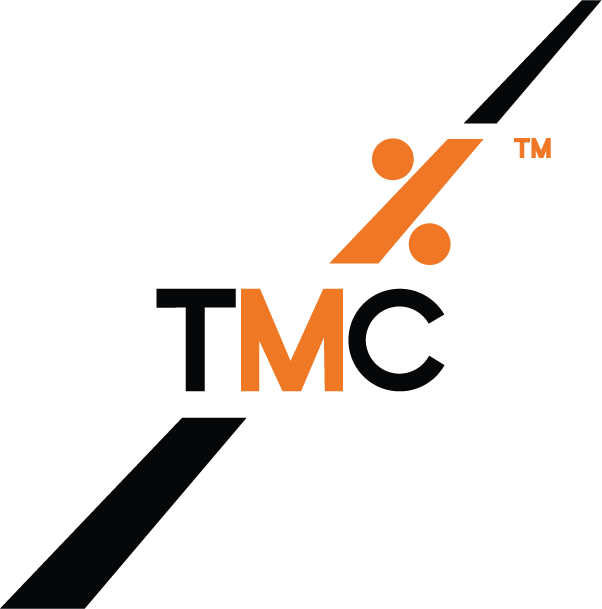European Fleet has been more or less a one-fuel business for so long that the prospect of having to manage as many as seven fuels in a few years’ time might seem far-fetched.
But with no single fuel type or drivetrain technology ready to fill the growing vacuum created by the reduction in new diesel vehicles being deployed within fleets, a multi-fuel future is looking increasingly likely.
Alongside its’ sad warning that the obvious government anti-diesel backlash means UK could miss environmental goals, the SMMT repeatedly mentioned hydrogen as a fuel of the near future in its 2018 New Car CO2 Report this month.
In the commercial vehicle arena, manufacturers are looking at compressed and liquefied natural gas engines to keep the doors of clean air zones open to their customers. Iveco trucks’ managing director, Stuart Webster, recently told operators he doesn’t expect diesel to lose its long-haul crown. But diesel is no longer the one-size-fits-all fuel for everyone in road transport.
“Tomorrow, the right choice of fuel will depend very much on what you actually do,” he said, referencing the 175,000 Euro 5-or-below trucks the industry expects still to be on the road in 2020, when more air quality zones come into force in the UK.
Altogether, some companies could be looking at seven different fuel/drivetrain variations on their fleets by the mid-2020s, when petrol, plug-in, bi-fuel and hybrid engines are included in the options available. Eight if you include hydrogen, although that assumes hydrogen can be made viable despite its significant ‘well-to-wheel’ energy losses.
The probable long term costs of the sad and sudden backlash against diesel are becoming clearer. An opportunity for a relatively smooth transition from a stable diesel fleet ecology to a stable battery electric ecology has been missed. The likely outcome in the near future is a hotchpotch of fuel alternatives against a background of uneven growth in fuelling infrastructure and spreading T-charge zones.
Vehicle decisions will become more complex; calling for detailed profiling to ensure the chosen fuel/drivetrain will be suitable in actual, real world use. Then ongoing monitoring to make sure the driver is sticking to protocols, for example around battery charging or payload – the latter a new issue now that ICE and alternative fuel LCVs are to have different weight limits for O-licences.
It’s too late to put the genie back in the bottle. It seems highly likely that fleets will find they’ll need to manage multiple fuel types in the coming years to optimise costs, operational efficiency and emissions.
Obtaining management information will be critical. Not that there will be a shortage of data, especially given that the majority of new vehicles will soon be connected. The issue, as always, is how to convert millions of undifferentiated data points into meaningful information. Not just valid cost-per-mile comparisons for multiple fuels/drivetrains but also total cost of mobility (TCM) for the employees who drive the vehicles.
TMC’s business is consolidating data for decision-making. We also offer inbound and outbound driver communication on the monitoring/compliance side of the equation. To find out more, contact Adam Pendergast on 01270 525218 or [email protected].


